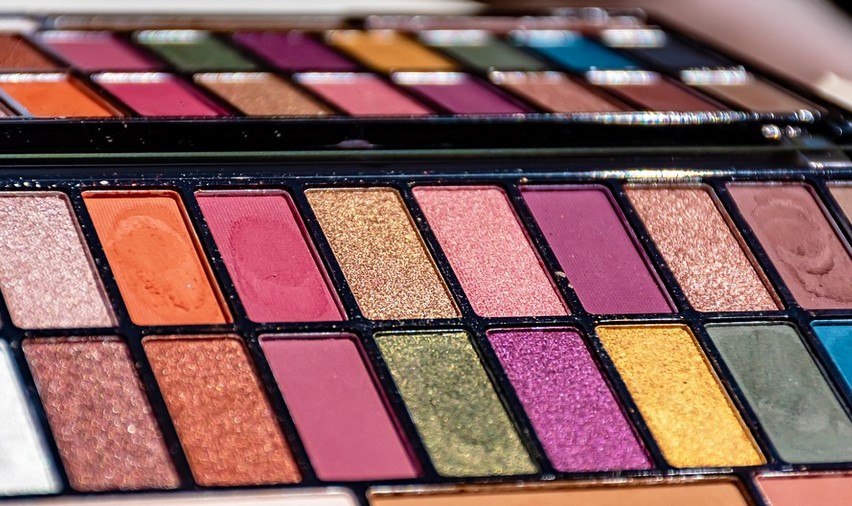Introduction
Moles are a common skin condition that affect many people. While they are generally harmless, they can be unsightly and cause discomfort. As a result, many people opt to have them removed. One way to remove moles is through shaving. In this article, we’ll discuss what shaving moles entails, and what you can expect before and after the procedure.
What is Shaving Moles?
Shaving moles is a procedure where a dermatologist uses a surgical blade or razor to remove the mole from the skin’s surface. It’s a quick and relatively painless process that is usually done in the doctor’s office. This method works best for moles that are raised above the skin’s surface and don’t have any suspicious features.
Before the Procedure
Before the procedure, your dermatologist will examine the mole to determine if it’s safe to shave. They may also take a biopsy to confirm that the mole is benign. If the mole is safe to shave, your dermatologist will give you instructions on how to prepare for the procedure. This may include avoiding certain medications, such as blood thinners, and stopping the use of topical creams or lotions.
The Procedure
During the procedure, your dermatologist will use a local anesthetic to numb the area around the mole. They will then use a surgical blade or razor to shave the mole off the skin’s surface. The procedure is quick and usually takes only a few minutes to complete. You may feel some pressure or discomfort during the procedure, but it’s generally not painful.
After the Procedure
After the procedure, your dermatologist will apply a bandage and give you instructions on how to care for the area. You may experience some mild pain or discomfort, but this should go away within a few days. You should avoid any strenuous activities or heavy lifting for at least a week after the procedure. You should also keep the area clean and dry to prevent infection. Your dermatologist will schedule a follow-up appointment to check on your progress and remove any stitches if necessary.
Possible Risks
While shaving moles is generally safe, there are some risks involved. These include bleeding, infection, and scarring. It’s important to follow your dermatologist’s instructions carefully to minimize these risks. If you experience any signs of infection, such as redness, swelling, or pus, contact your doctor immediately.
Conclusion
Shaving moles is a safe and effective way to remove unsightly moles from the skin’s surface. It’s a quick and relatively painless procedure that can be done in the doctor’s office. While there are some risks involved, they are generally low. If you’re considering having a mole shaved, talk to your dermatologist to determine if it’s the right option for you.

